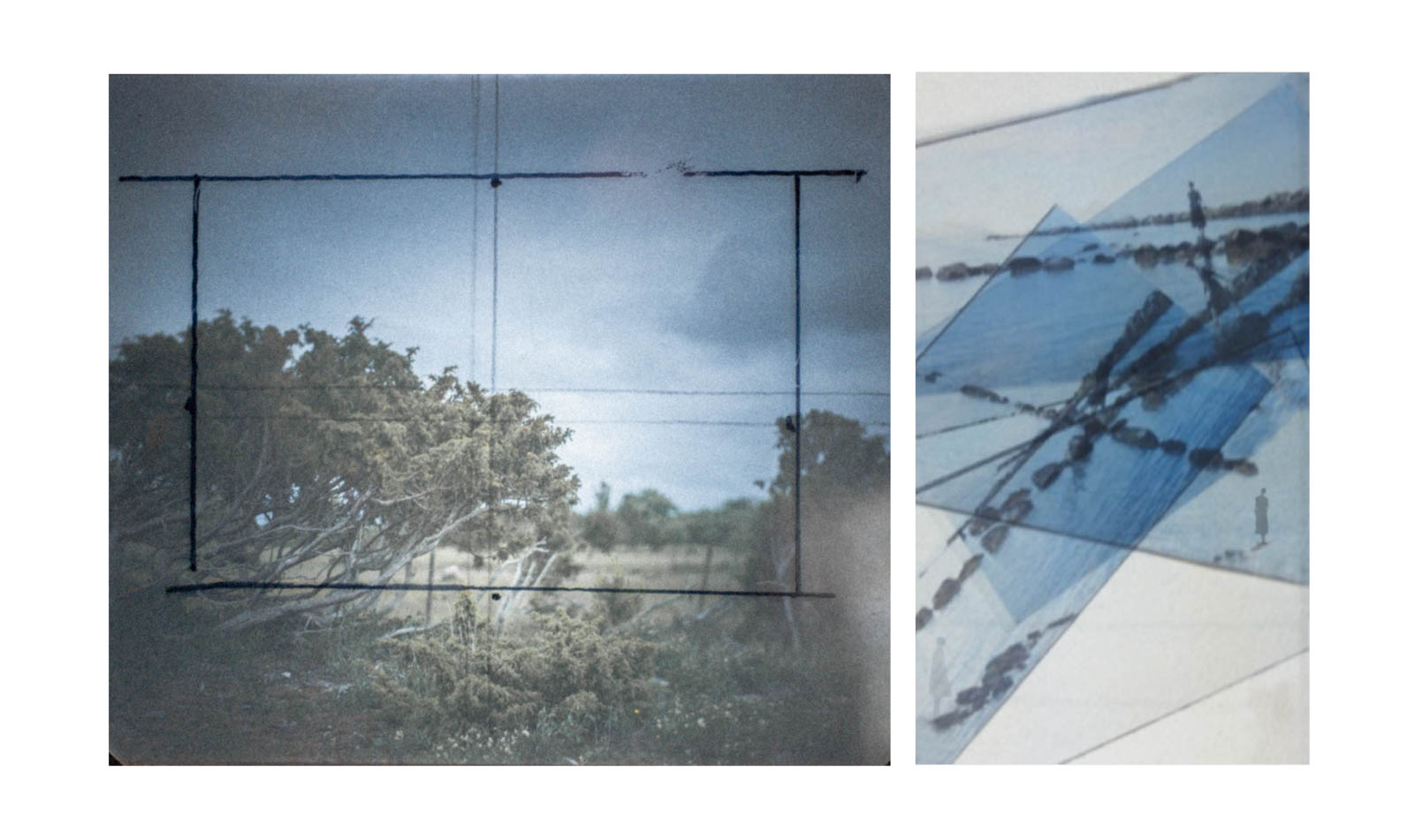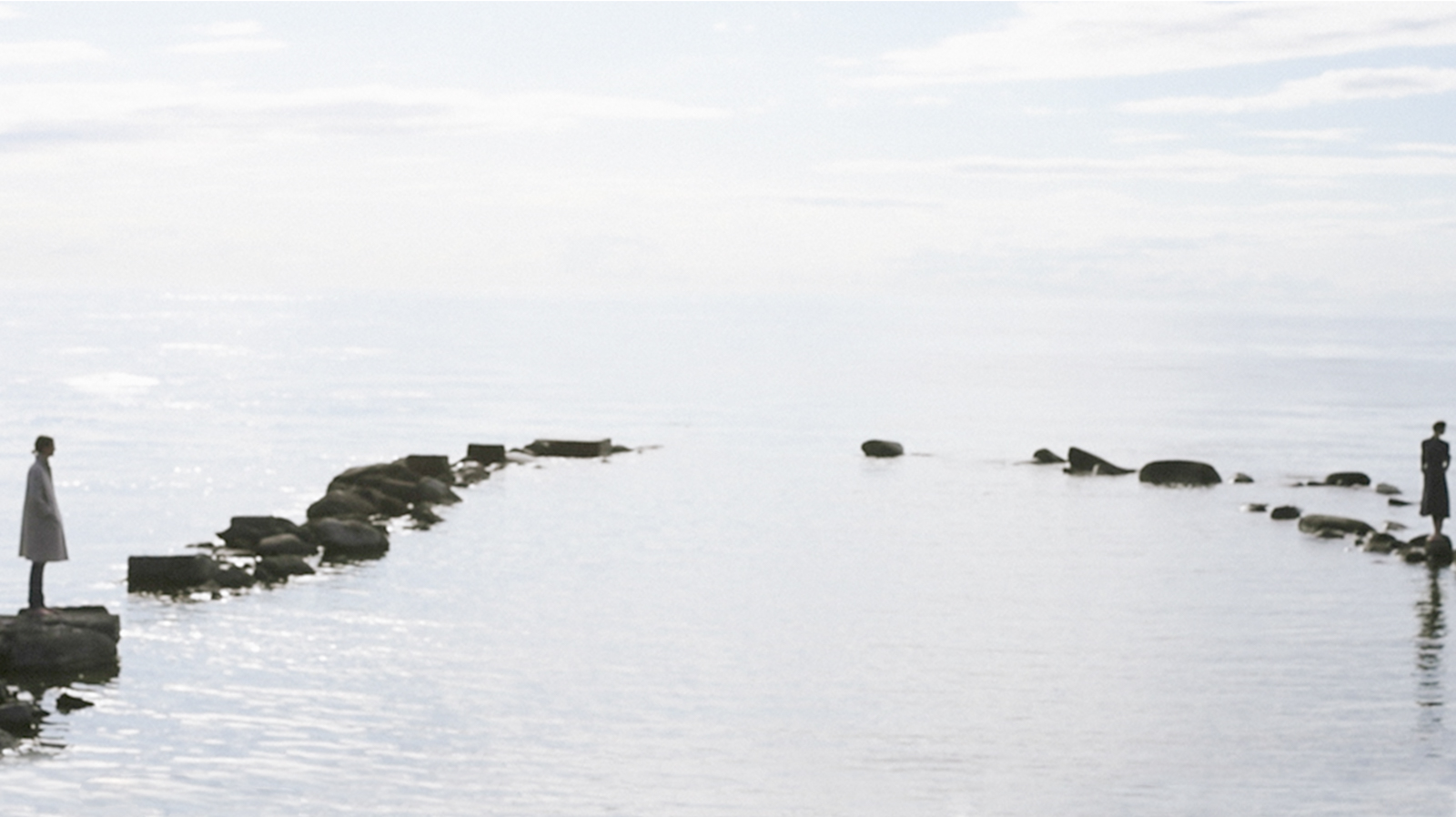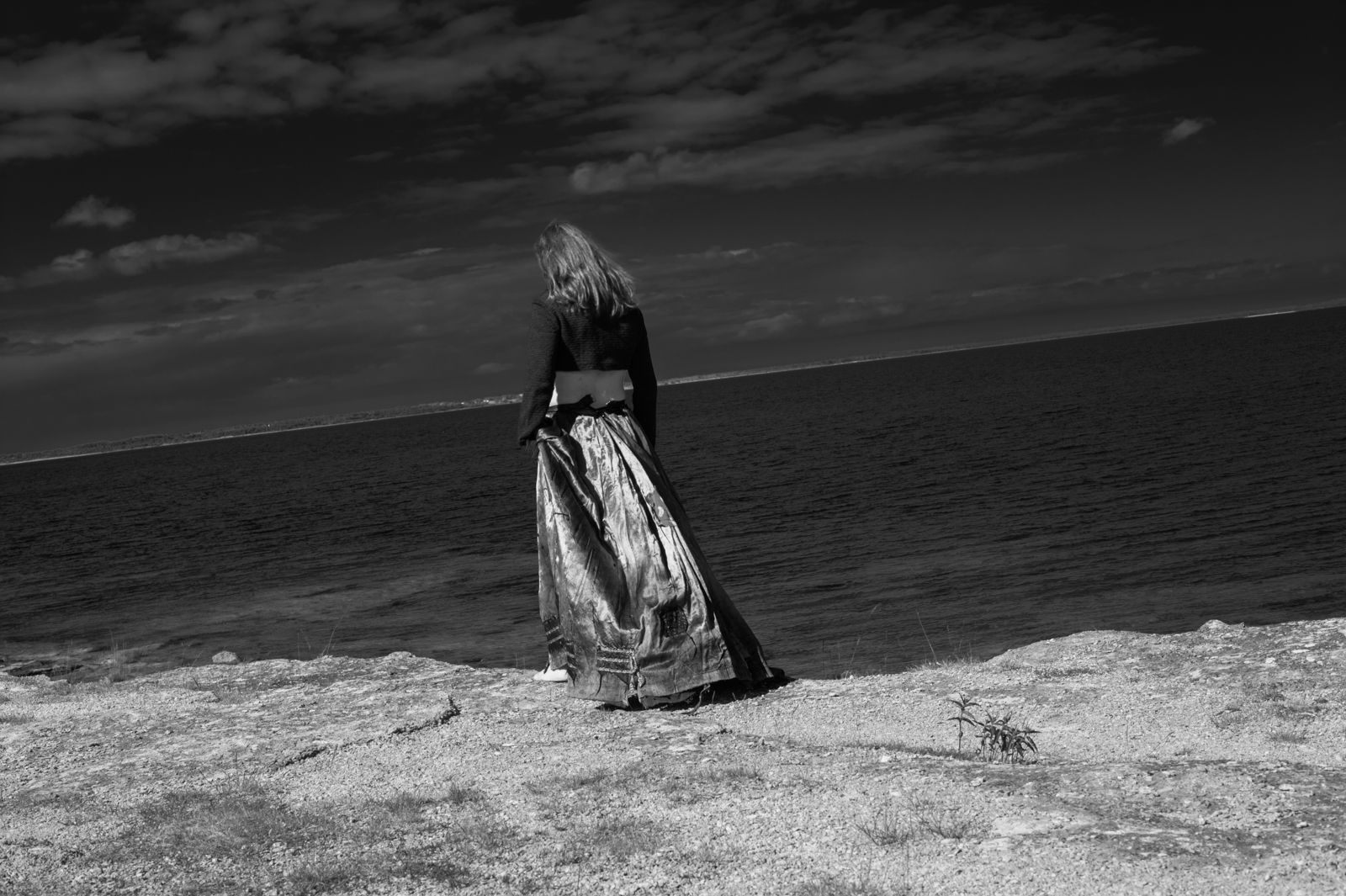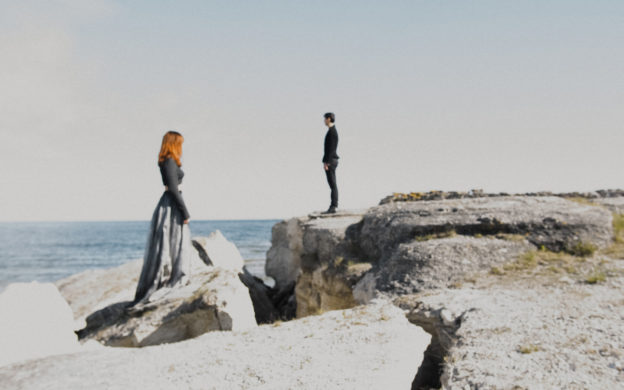Born in Vienna and raised in Stockholm, artist Florence Montmare works across a variety of artistic mediums. Florence’s interest in art started in childhood, when her artsy grandmother encouraged her to paint and draw. She was just eight years old when she began photographing as well as writing.
As an adult, she traveled South America with her Nikon F-301, a backpack full of TRI-X, and a diary. Florence first obtained a Master’s Degree in Business and Marketing; having worked successfully in the corporate world for years, she decided to pursue an artistic career – she wanted a life of surprise. “I am interested in exploring the world that resides between a dream and a wakeful state. A realm of images, sounds, and fragmented tales without the necessity of an obvious narrative,” says Florence.
Now based between New York City and Stockholm, Florence embues her films, photographs, performances, and installations with an incredible amount of care.
We spoke with Florence Montmare about her work, inspiration, and working in many mediums:
When did you begin working as an artist? Did moving countries affect you?
My grandma painted in oil and made pencil and charcoal figurative drawings. When I was six years old, we worked on some pieces together and she taught me about the materials, encouraging me to paint and draw. I received my first camera when I was eight or nine, then began to photograph and write. But I wasn’t encouraged to pursue an art career, so I pursued something “real” first; a Master’s in Business and Marketing.
After I had done my time in the corporate world, I ventured to New York and started pursuing a more creative track. I started an ad agency, and along with my business partner, we landed some great accounts.
I felt the need to travel and explore South America with my camera and notebook. When I got back, I printed my work and used it to apply to the International Center of Photography. After graduating from there, I started my own art practice.

I worked for artist Sam Samore and also Robert Blake, chair Emeritus of ICP. Through Samore, I became acquainted with the fine art world in Paris and New York, where we created pieces and installations for Centre National de la Photographie, the Fondation Cartier pour l’Art Contemporain, PS1 MOMA, among other places. I also assisted him as he directed a feature film.
Moving between countries definitely had an effect on my work. Having had many different cultural influences as a child made me appreciate diversity. New York City exposed me to so many new cultures, artists, and art practices.
Can you talk about your process and moving between multiple mediums?
I consider it all the same thing. It is the same perspective. The photographs, films, and installations all have a performative element and perhaps also some kind of ritual to them.
I don’t extend the photographic medium into other mediums. Rather, I explore each medium and let the different characteristics of it determine my process. I love working in different disciplines, as they inform each other.
 |
|
 |
You currently have an exhibition at the Bergman Centre in Fårö, Sweden. What is the exhibition about and in what ways has the legendary Swedish director inspired you?
The exhibition and work are about notions of home and metaphors of transience, themes I have previously worked with. I staged different scenarios: images of landscapes and figures transitioning through them. They depict the cinematic landscape of Fårö island, Ingmar Bergman’s mise-en-scene. Growing up in Sweden, I was influenced by his psychologically ambiguous dramas such as Persona, Wild Strawberries, and The Rite. I think of Bergman as someone who created his own artistic universe.
You have a special interest in Fårö island, where you’ve worked on a film as well. How did this project come about and why is this island so special for you?
I was invited to Ingmar Bergman’s Artist in Residence program in the summer of 2015. When I first came to the island, I felt at home. It was the most peculiar thing. Perhaps it was the unbroken horizon line, or the strange filtered light, reflected and enhanced by the limestone. The light on the island is simply magical.
Then, I had this epiphany about the ring on my finger given to my great grandmother by my great-grandfather in New York, 1901. I realized he came from a stone’s throw away from the rocky beach where I was standing. Everything came together in this one place where I was standing; my entire family history. I had come full circle. Venturing to New York like my great grandparents and then later returning to the same place in Sweden.

During the residency, I met Ingmar Bergman Jr. and his wife Marie at a midsummer party. We totally clicked and started talking about creating a project together. Later she invited me to another island outside of Stockholm and we started brainstorming about a piece on Fårö Island. The idea was that we would do a dance performance and a film at the same time.
She brought choreographer Joakim Stephenson onto the project and producer Sara Sjöö. We created the concept together and did weekly video calls between New York and Stockholm. I secured another residency for all three of us at Ingmar Bergman Estate and also a film grant from Film på Gotland. In spring 2017, we traveled to the island to create the piece together. The work developed from a workshop into an hourlong dance performance, which Stephenson choreographed, with music composed by Hugo Therkelson. At the moment, the project is being developed into an art documentary.

Your project “Illuminations” deals with your break up. What compelled you to start this project and looking back how has it shaped you?
A few years before I started the project, I remember as I was sitting on my bed in my Upper West Side apartment, I had this mental image. It looked like a body in a shroud, a body in a bed surrounded by movement. As I was going through a separation with my partner a few years later, I kept thinking about this image and that’s when it all came together. I inserted myself into the image, my body performing for the camera.
Our remaining nights together were cataloged frame by frame through these nightlong exposures. The images revealed our bodies vacant and ghostlike as our relationship faded away and we drifted apart.
Strangely enough, one of the last images in the series was that same image I had seen in my mind a few years earlier. It simply came back and materialized.
I was using art to transform suffering and trying to stay mindful of the moment that was unfolding. In a way, I was setting up a game with myself, trying to stay in bed and completing the long exposures and looking into the situation I was in with curiosity.

What were you photographing and writing about during your trip to South America?
I was photographing random people I saw on my trip. I was inspired by the book The Alchemist and as I saw my journey unfold, I was reflecting on coincidences and signs that were unraveling before me.
When two people independently mentioned the town Arica in Chile, I followed that lead and went there. I had no plan, but I let whims and serendipities rule my travels. I never knew what the next day would bring. On my travels, I brought only a few things and I have never been happier and more carefree in my life. My mantra was “everything is going to work out the way it is supposed to.” It brought a great sense of peace.
What do you think of the current Swedish art scene? Is it inclusive? How different is it from the New York scene?
I think it is quite different. It is quite small, and I find it exclusive and difficult to get access to unless you know the right people. I think generally New York is more open and accepting; it’s more diverse and there are more opportunities.

Are you currently working on something new?
Yes. I am now directing and producing a film as part of the dance performance we did in 2017 on Fårö island with locals, refugees, and premiere dancers from the Swedish National Opera. It is a collaboration with designer Marie Bergman, choreographer Joakim Stephenson, and producer Sara Sjöö.
I am also revisiting my project “Grove,” which deals with questions about cultural identity, heritage, roots, and transience.
Where can people find or buy your art, if possible?
The limited-edition prints are available on my website. The prints can also be purchased through First Dibs, Artsy, and through my gallerist, Ivy Brown Gallery in New York.
See more of Florence Montmare’s work on her website, Instagram, and Facebook.

